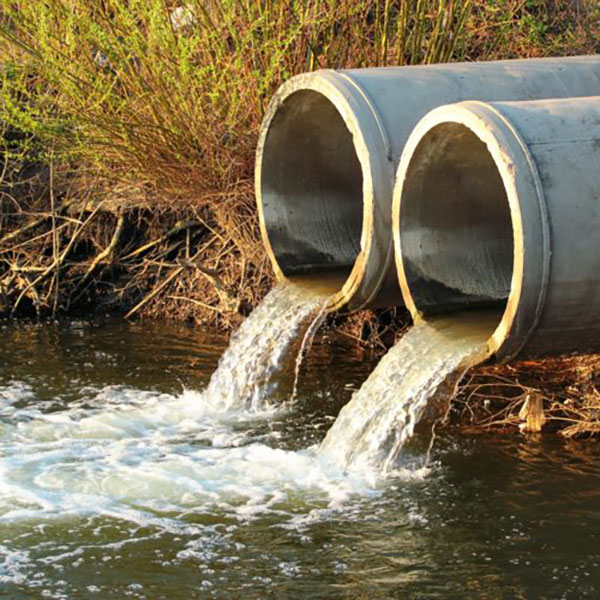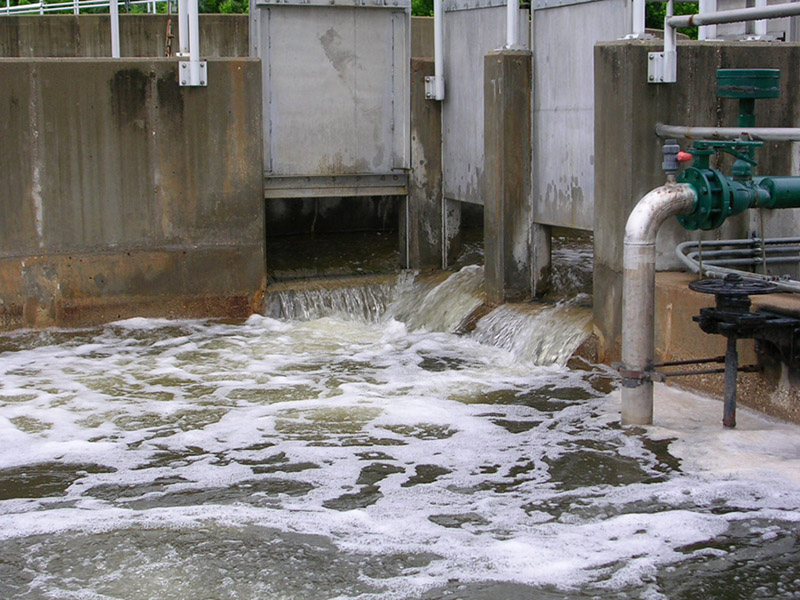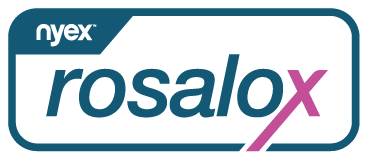Ciprofloxacin Removal from Wastewater
Ciprofloxacin is a widely used antibiotic. Its presence in our water sources is a growing concern.
It is important to understand all the possible ciprofloxacin removal methods. This will allow us to safeguard our water resources and minimize the impact of antibiotic pollution.







